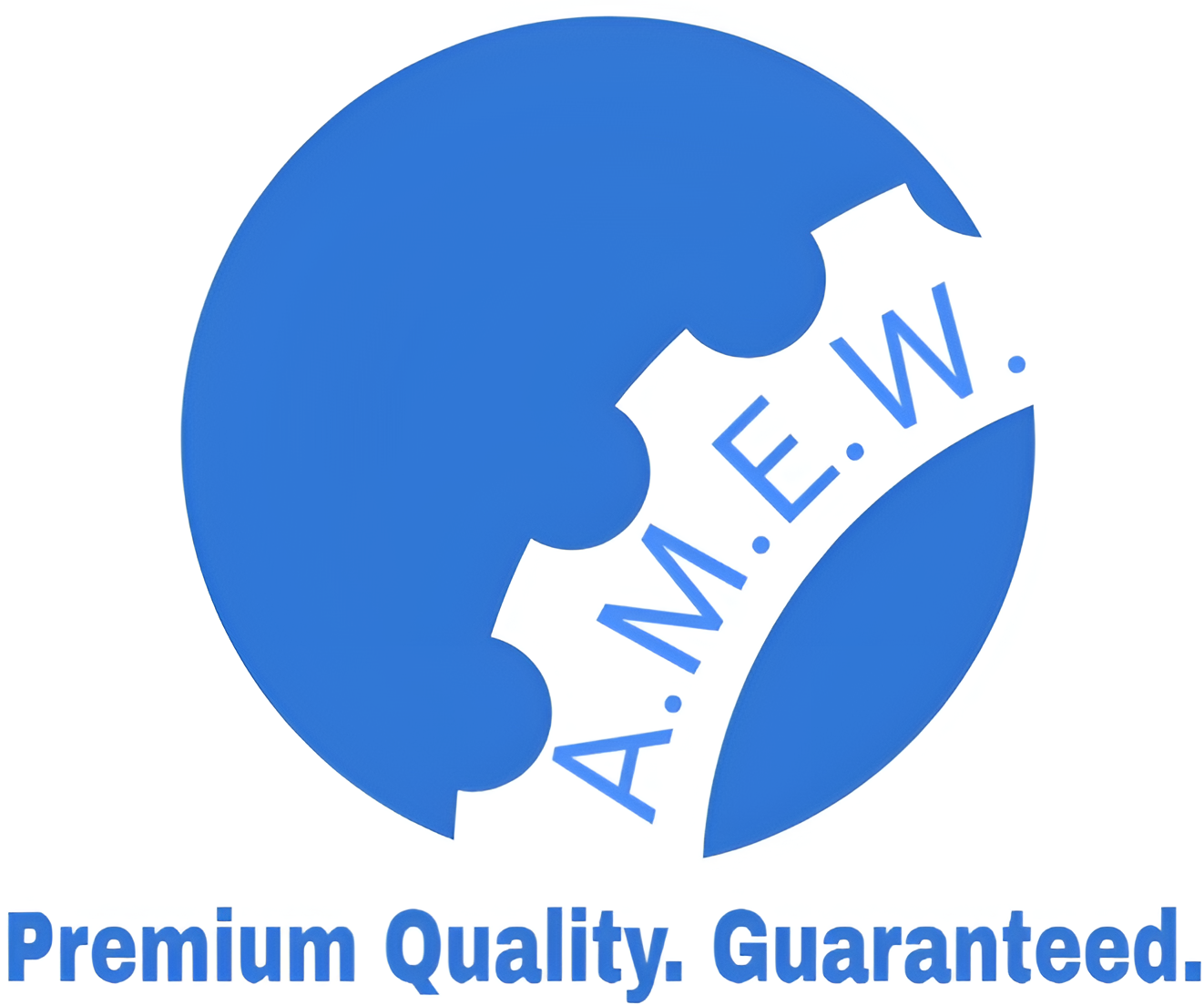Description
EN8D Grade Steel – Medium Carbon Steel
Table of Contents
- Introduction to EN8D Grade Steel
- Chemical Composition
- Mechanical Properties
- Applications of EN8D Grade Steel
- Comparison with Other Steel Grades
- Heat Treatment and Fabrication
- Advantages and Disadvantages
- Conclusion
1. Introduction to EN8D Grade Steel
EN8D grade steel is a medium carbon steel known for its moderate tensile strength and versatility in engineering applications. With a carbon content typically ranging from 0.36% to 0.44%, this steel offers a balanced combination of strength and ductility. EN8D can achieve through hardening through quenching and tempering, although it is most often supplied in an untreated or normalized state.
While it exhibits good machinability comparable to mild steel, EN8D has reduced weldability, necessitating careful consideration during fabrication.
2. Chemical Composition
The chemical composition of EN8D grade steel significantly influences its performance characteristics. Typical elements include:
- Carbon (C): 0.36% – 0.44%
- Manganese (Mn): 0.60% – 0.90%
- Silicon (Si): ≤ 0.40%
- Phosphorus (P): ≤ 0.04%
- Sulfur (S): ≤ 0.05%
- Iron (Fe): Balance
This composition ensures that EN8D steel provides the necessary strength and hardness for various applications while retaining sufficient ductility.
3. Mechanical Properties
EN8D grade steel displays commendable mechanical properties, making it suitable for a variety of engineering uses:
| Property | Value |
|---|---|
| Yield Strength (min) | 360 MPa |
| Tensile Strength | 600 – 850 MPa |
| Elongation (min) | 12% – 15% |
| Hardness (Brinell) | 150 – 250 HB |
These properties enable EN8D to withstand significant loads and stresses, ensuring its effectiveness in various applications.
4. Applications of EN8D Grade Steel
EN8D grade steel is widely used in numerous industries due to its favorable properties. Common applications include:
- Gears: Ideal for manufacturing gears requiring high strength and durability.
- Automotive Components: Utilized in critical automotive parts that demand reliability and toughness.
- General Engineering: Suitable for a variety of engineering applications, including shafts, axles, and machinery components.
The diverse applications of EN8D steel highlight its versatility across different sectors.
5. Comparison with Other Steel Grades
When comparing EN8D grade steel to other grades, its unique balance of strength and machinability stands out:
| Steel Type | Carbon Content | Yield Strength | Applications |
|---|---|---|---|
| EN8D | 0.36% – 0.44% | 360 MPa | Gears, automotive components |
| EN8 | 0.36% – 0.44% | 360 MPa | General engineering |
| EN16 | 0.45% – 0.55% | 450 MPa | Tooling, high-strength applications |
EN8D is preferred for applications requiring moderate strength and good machinability, similar to EN8.
6. Heat Treatment and Fabrication
EN8D grade steel can undergo various heat treatment processes to enhance its properties, including:
- Quenching and Tempering: Increases hardness and strength, particularly in limited sections.
- Normalizing: Improves the material’s mechanical properties and machinability.
These heat treatment options enable customization of EN8D steel to meet specific application requirements.
7. Advantages and Disadvantages
Advantages
- Versatile Applications: Suitable for a wide range of engineering uses across various industries.
- Good Machinability: Comparable to mild steel, facilitating ease of manufacturing.
- Moderate Hardness: Can be heat-treated for enhanced hardness and performance.
Disadvantages
- Reduced Weldability: Lower weldability compared to low carbon steels, which may require special considerations during fabrication.
- Limited Hardening Depth: Through hardening is achievable only in limited sections, potentially limiting its use in certain applications.




